After my successful hikes in Busan and Seoul, I thought I would indulge in some of the trails I had read were available in Hong Kong. The NY Times had extolled the options available in the New Territories, and High Junk Peak in particular was highly recommended.
Getting to the start point is pretty easy: take the MTR to Hang Hau station, and then catch minibus 103 from nearby, getting off at Ng Fai Tin. Alternatively, you can also take minibus 103M from a slightly different spot. Minibus 16 also runs the route, but less frequently. Your options should be shown on the map below.
 |
Hang Hau Man Kuk Lane Park. Hang Hau station is underneath those apartment buildings.
|
 |
There are some temples and tombs in the hills east of Hung Hua station.
|
 |
| Incense in front of Tin Hau temple. |
I walked to the trailhead instead of taking a bus. Be sure to buy some water at one of the shops around Hang Hau station or at a supermarket on the way to the trail.
| Map of the trail, from hiking.gov.hk. |
 |
| The path plunges immediately into nature, and it would be easy to forget you're mere minutes from skyscraping apartment buildings. |
 |
| Mid climb. |
Tai Miu temple is on the right-hand side of the trail, towards Hong Kong. Po Toi O village is on the opposite, left-hand side. It's a small village absolutely filled with seafood restaurants built on stilts over the water, many of which will seat more customers than there are residents in the village: obviously a popular dining destination (but not when I was there, at 5:30 on a Tuesday afternoon). Each restaurant has a display of live seafood out front, and this was the first time I had ever seen mantis shrimp. They look pretty vicious, and they're transported in individual plastic tubes to prevent them from thrashing about. Compared to Jagalchi, the restaurants here seem more hygenic, although the selection is more limited.
Getting back from Po Toi O, you can take minibus 16 back to Hang Hau. It only runs once or twice per hour, though.
Peter Lam has some nice pictures of the trail on his blog.
Train tickets for the T100 to Shanghai
After picking up my Chinese visa in the morning and hiking High Junk in the afternoon,
I bought my train ticket to Shanghai. Trains to Shanghai and Beijing
depart for one of the cities each day, alternating between the two on
each day. I was slightly conflicted about which one I should take. The train to Beijing was abetter deal and would save a fairly long and somewhat costly trip between the two cities, as well as save me some travel time for later, especially since I could leave the next day (Shanghai was in two days). On the other hand, I've never been to Shanghai and it seemed like a bit of a shame to bypass it on my way north. Even though I've heard some fairly poor things about Shanghai, I decided I couldn't miss it. (This kind of fear/regret-based decision making doesn't always lead to the best decisions.)
Although the trains from Hong Kong all leave from Hung Hom station in Kowloon,
you can also buy your tickets at a secondary MTR tourist office in
Admiralty Station, on HK island.
Fares are quite cheap, given that it takes 19 hours to Shanghai and 24 hours to Beijing,
with the upper bunk in a hard sleeper compartment being 508 HKD to
Shanghai, and 574 HKD to Beijing (actually, I think the hard sleepers on these trains only have 4 bunks per compartment, so they are really priced for lower and middle bunks only). And unlike most Chinese trains, it's
not that difficult to actually get tickets. I booked two days in advance
without any problems (and my cabin wasn't full), whereas in
China you need to basically book as far in advance as possible and hope to get lucky.
| Hard sleeper on the T100, courtesy wikipedia. |
Hard sleeper on these trains (or at least the train I took) are nicer than on any Chinese train I've seen. They are actually enclosed at both ends, with only an open doorway (most hard sleepers have the end of the beds facing the hallway exposed to the hallway), and storage in the space over the hallway. I prefer the upper bunk, since it gives me the option of sleeping in, laying down and reading during the day, instead of simply sitting on the bottom bunk (with the middle bunk folded) with the other passengers during the day. Since this is also the cheapest option, it works for me.
 |
Tourist Junk moored by Avenue of Stars, Kowloon.
|
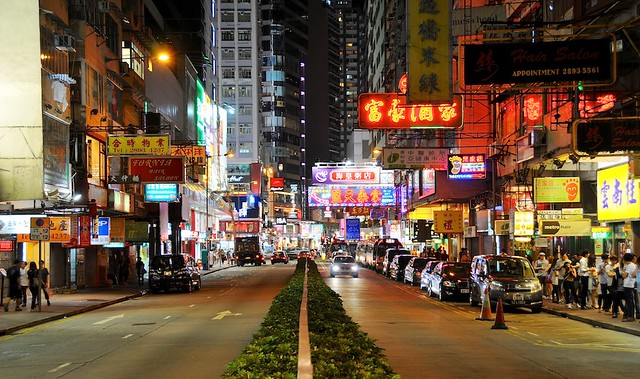 |
Street level in Causeway Bay, as I walk home after buying my ticket.
|
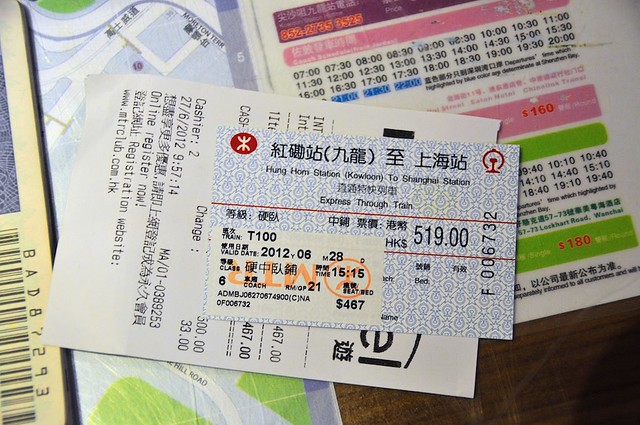 |
| My ticket. There's often a discount outside of the high season, so I paid only 467 HKD and not the listed 519. |



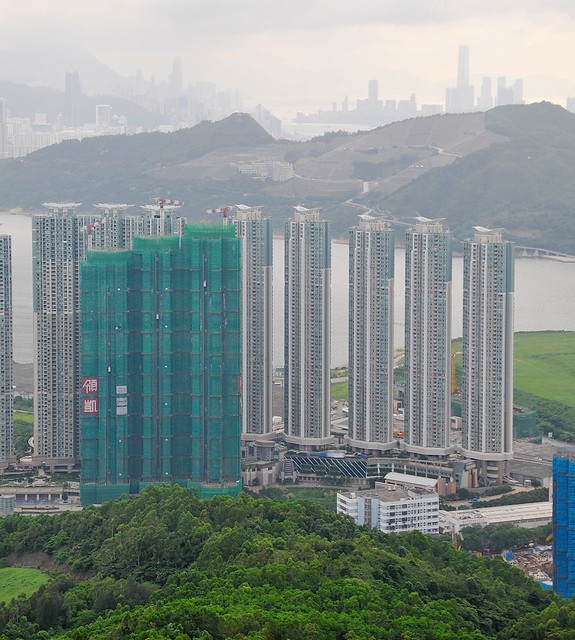
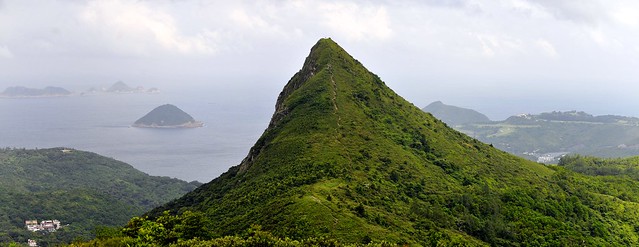



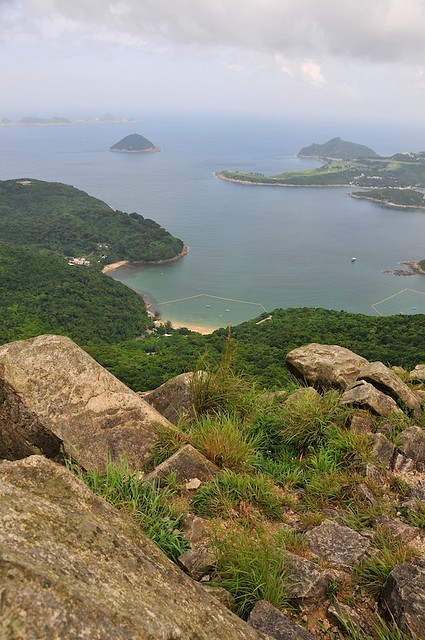
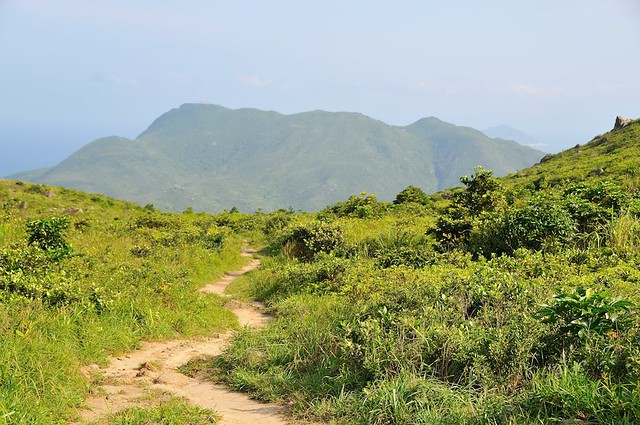
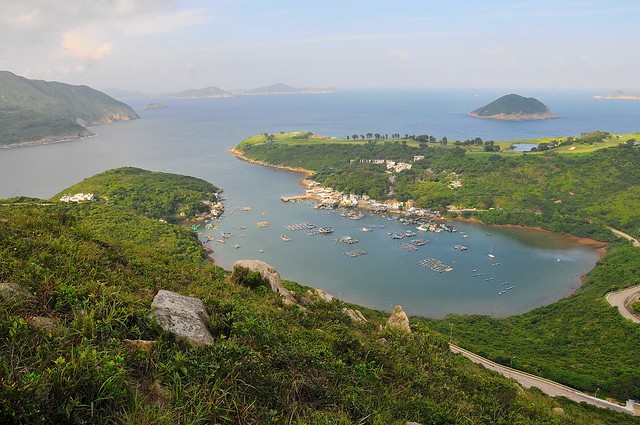



No comments:
Post a Comment